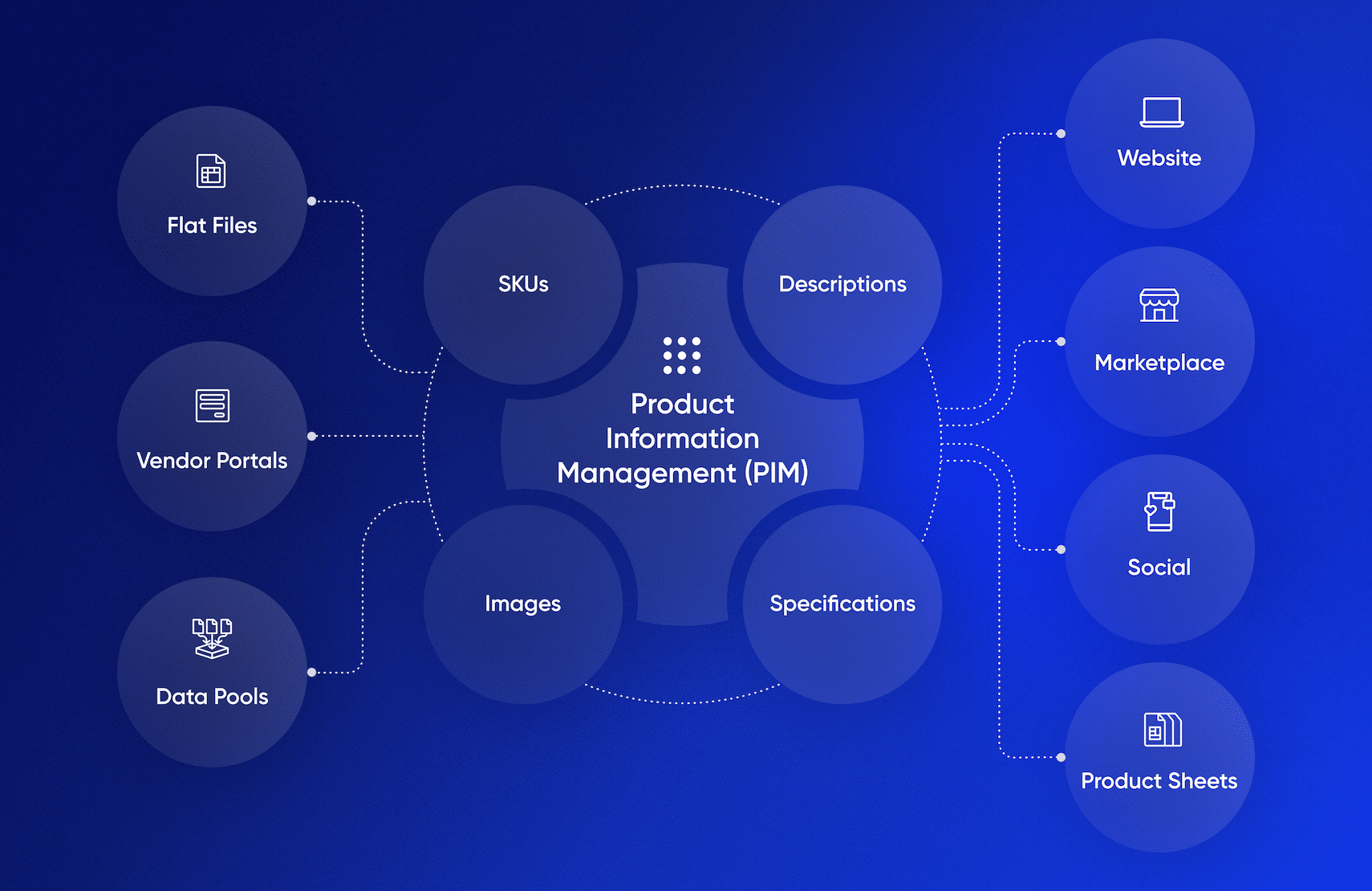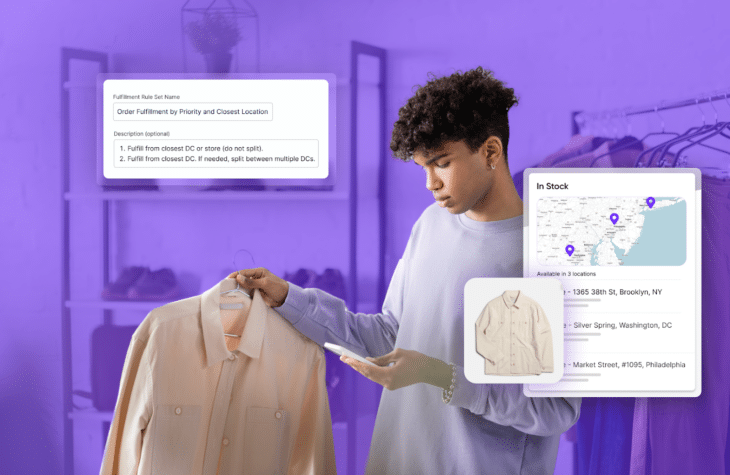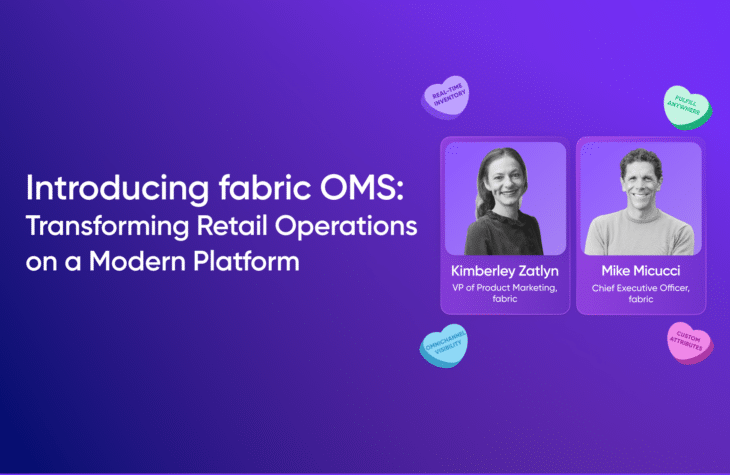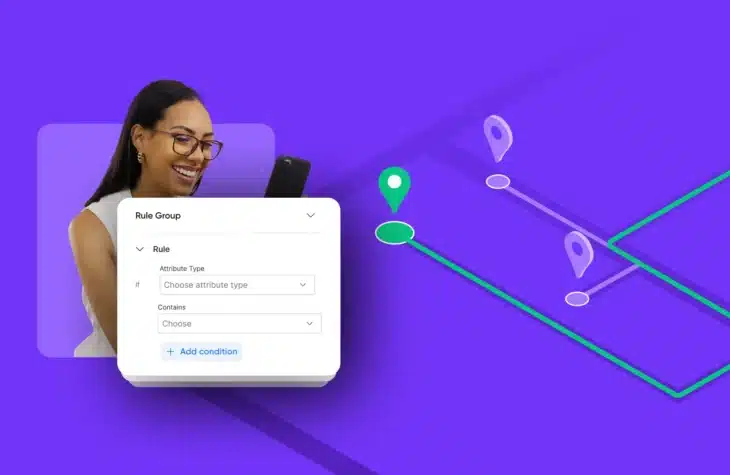PIM Software Guide: Choosing a PIM in 2023

What Is A PIM?
A product information management (PIM) solution helps merchants improve their efficiency and agility as they scale by providing them with a central place to onboard, enrich, and manage product data for distribution through their e-commerce and sales channels.
Overview
28% of U.S. consumers used mobile phones during their last in-store trip. What are they doing? Their research.
They are reading product descriptions and reviews, deciding whether your product is right for them. For merchandisers, this means your product data needs to be high quality and accurate — regardless of where your customer shops. But that’s easier said than done.
Many merchandisers struggle to keep their data clean. Information from vendors or manufacturers can be messy — or at the very least, in a different format. And the manual work they do to push product information to various channels is another opportunity for mistakes to creep in.
Enter product information management (PIM) software. PIM solutions centralize and validate product data, automate rote activities, and seamlessly distribute product information anywhere it needs to go.
This guide covers how they work and what to take into account when choosing a PIM solution. We’ll explain:
- What a PIM is
- Why PIMs are essential for e-commerce merchants
- How PIMs work
- The benefits a PIM offers your business
- What to consider when selecting a PIM solution
What Is Product Information Management (PIM)?
Product information management (PIM) involves collecting, storing, organizing, and distributing product information. Within a PIM solution, merchants can import data from the supplier, procurement, and ERP systems, maintain and enrich product information, and prepare it for distribution across various sales and e-commerce channels.

Why Is A PIM Important?
As companies grow, their product catalog grows, too. And eventually, tracking product information in spreadsheets becomes unsustainable. That’s why mid- to enterprise-level retailers use PIMs to store and manage their vast product data.
With a PIM, merchants can publish rich product data — arguably the primary cause of conversion in e-commerce — wherever their potential customers consume it. When all product information is centralized in one place, merchants can execute sophisticated merchandising strategies quickly and efficiently, helping them maintain their lead in a competitive environment.
PIM 101: Everything You Need to Know
Who uses a PIM?
Retailers
Retailers and resellers use PIMs to configure and push product information to their e-commerce site, mobile app, and even brick-and-mortar point-of-sale systems. Because all product data is stored and managed in one place, retailers can pivot their product and sales strategy at any time to keep up with market trends and deliver exceptional customer experiences.
Manufacturers
For manufacturers, PIMs serve as the ultimate organization system. With a PIM, manufacturers have the most accurate product data at their fingertips, letting them ship and syndicate products faster.
Distributors
Normalizing and transforming product and subscription data from suppliers is cumbersome and prone to mistakes. PIMs speed up and standardize this process, enabling distributors to handle more SKUs more effectively.
Within each of those businesses, a few main stakeholders use a PIM system in their day-to-day work:
- Category managers use PIMs to maintain high-quality product data across all channels. More specifically, they create and manage product collections to drive different merchandising strategies that cater to their diverse shopper base.
- KPIs category managers track: Time to product launch, conversion rate
- E-commerce leaders leverage a PIM solution to deliver a consistent brand experience across all channels. They enrich products with useful, compelling information to drive revenue, increase conversion rates, and improve margins.
- KPIs e-commerce leaders track: Conversion rate, return rate
- CIO/CTOs and their teams help with PIM implementation and maintenance and identify ways to develop the company’s tech stack to promote efficiency and support business goals.
- KPIs CIO/CTOs track: Downtime, PIM support ticket resolution rate
How a PIM works
A PIM enables merchants to manage and process incoming, outgoing, and cross-platform product data. The steps generally are:
1. Collecting data, such as:
- Essential product data: Names, titles, descriptions, SKUs, UPCs, and EANs
- Taxonomies and relationships: Categories, collections, and variations
- Digital assets: Images, videos, and documentation that can be distributed via integrations with a DAM
- Technical specifications: Sizes, materials, warranties, and ingredients
- Channel-specific information: Google, Amazon, Etsy, and Walmart
- Store-specific information: POS registers and product catalogs
Each dataset may come from different internal systems, but PIM solutions are flexible enough to process the data regardless of format. The best PIM systems automate data import by pulling straight from ERPs, DAMs, spreadsheets, or box folders. PIMs may also have an open API to virtually connect any other cloud-based application.
2. Validate – Because users distribute product information to many places from a PIM, it is critical to confirm the information within it. Administrators can build validation into data import, setting rules for text format. In addition, many PIMs come with advanced data cleanup features which minimize misspellings, incorrect abbreviations, or misinterpreted symbols like bullet points.
3. Enrich – After product data is imported and validated, PIM users can enrich and optimize it according to business objectives. For example, marketers might enhance product descriptions, categorize products into collections, or add supplemental specifications. PIM users may also define how products can be bundled or cross-sold. At this point, PIM admins can also implement automation rules to generate more product information. For example, calculating package volume based on length, breadth, and height, or converting weight from kilograms to pounds.
4. Distribute – At this stage, PIM users leverage syndication software such as Feedonomics to push finalized product data to D2C websites, online marketplaces like Amazon, comparison shopping engines, social media, and more. As you might expect, each endpoint has unique formatting requirements like .csv, JSON, or XML. PIM systems have direct integrations with syndication systems that will automatically transform data to match those requirements for a smooth transfer.
14 Must-Have PIM Features
Understanding what makes an excellent PIM solution will help you find the right one for your business. Ideal PIM software has the following:
1. Ingest product data: Merchants implementing a PIM solution will need an easy way to migrate their current catalog. Look for a platform that supports XLSX and CSV uploads or pulls in existing product data via APIs. It should also be able to handle multiple variants of the same product.
2. Primary and alternate hierarchies: Hierarchies, essentially product taxonomies, define each product category and nested sub-categories.
3. Products and variants: Items represent individual products. Each item has a title, product ID, description, category, and assigned attributes. Variants let you delineate each item’s version, like small, medium, and large t-shirt sizes.
4. Item bundling: Bundling functionality can promote upselling and cross-selling — especially when combined with special promotions. Your PIM should help you define product relationships and hierarchies to construct bundles and kits.
5. Categorize products: Shoppers should be able to find products easily. A great PIM will help you group product families, holiday collections, and more.
6. Import history: Viewing imported products and attribute data can help you troubleshoot any possible overrides.
7. Bulk import and export: Your PIM should be able to accommodate massive product data imports or exports in case distribution channels don’t have straightforward integrations.
8. Attribute groups: Grouping product attributes can make workflows more precise and efficient.
9. Filters: Filters help you find items in your catalog, making edits quicker.
10. Enrich data for shoppers: People making a purchase are searching for particular features. Make it easy on them by creating attributes for your storefront that are formula-based, one of the list, image, and so on.
11. Control data quality: The best PIMs allow admins to set governance access rights by role, and restrict the input data type for attributes to number, date, text, and more.
12. Role-based access: Your PIM should provide system users with different data access levels. For instance, some users might need edit permissions, while others should have read-only access.
13. Drive operational excellence: PIMs should be flexible enough to tag the same SKU to multiple categories, handle bulk uploads/edits, and set rules to control input variables.
14. Sell in new markets: Your PIM should allow you to create product catalogs for multiple channels and languages.
8 PIM Benefits
A product information management solution has several significant benefits, such as:
1. Faster time to market – PIMs help e-commerce companies stay relevant and competitive by shortening the time it takes for products to launch. PIMs empower stakeholders from multiple departments to work together to solidify specs and GTM messaging.
2. Improved data quality – E-commerce companies without a PIM usually track their product information in disjointed spreadsheets, which are prone to errors and versioning issues. PIMs create a validated, single source of truth for product data.
3. Better conversion rates – Today’s shoppers cross-compare products before buying. PIMs surface the data customers need to make an informed decision on any channel, minimizing cart abandonment and maximizing conversions.
4. Higher customer satisfaction – Customers want to find what they’re looking for about a product on the first try. With the enriched product data that comes from PIMs, customers know exactly what they’re buying, leading to higher overall customer satisfaction rates.
5. Lower returns – PIMs verify product information with built-in templates and validation rules, decreasing the risk of publishing incomplete or incorrect data that can lead to returns.
6. Higher merchant productivity – PIM solutions automate manual processes, data flow between systems, and data validation, decreasing operational costs, and saving merchants time. Plus, PIMs are excellent vehicles for scalability — they make it easy to venture into new markets, introduce new products to old markets, and adjust product messaging based on new marketing initiatives
7. Bigger catalog – As merchants grow, their product catalog naturally expands. PIMs enable that growth by ensuring that product data is stored, organized, and distributed properly.
8. Manage complex product relationships – PIMs empower merchants to create new product bundles and collections without worrying about displaying incorrect information. PIM admins can configure rules and automated workflows to ensure that products are reflected properly on all channels.
PIM Use Cases
Mid-size and large companies gravitate toward PIMs for cost and operational reasons initially, but PIMs can be used to solve multiple specific use cases. Here are three of the most common ways PIMs benefit a company and its customers:
1. Support the buying journey: When shopping, many customers are looking for something specific, like a small, inflatable travel pillow with over 100 positive reviews. Without a PIM, it’s nearly impossible to support that kind of search. PIMs ensure customers have the critical information they need to make a purchase. Admins can define product characteristics, group products logically, suggest related products, and continuously update their catalog across all sales channels. Getting product data right ensures that customers find what they need or, better, identify items they didn’t even know they needed.
2. Rapidly execute merchandising strategies: Customer-facing technology is only getting better. But merchants can’t experiment with innovative merchandising strategies like interactive bots, smart signage, or personalized promotions without comprehensive, up-to-date product data. PIMs provide merchants with a solid foundation. Because of their modularity, PIM users have the freedom to try out new strategies with just one segment of their catalog or one rung of a product hierarchy. And if it works, they can easily replicate it across their catalog, giving them the speed and operational efficiency they need to stay competitive.
3. Unlock e-commerce growth: Innovation doesn’t just apply to merchandising — thousands of new e-commerce applications are launched every day. But most merchants don’t have the time, money, or resources to build integrations with those new systems. The best PIMs have built-in integrations to the e-commerce ecosystem, and some even have open APIs. This flexibility lets merchants take advantage of new platforms and boost their brand awareness, customer loyalty, and revenue.
PIM Considerations: Finding the Right Solution in 2023
Product data management is crucial for any company, but it’s imperative for merchants with extensive catalogs, customizable products, and a global presence.
The PIM you choose should be able to support upcoming milestones on your product roadmap and keep up with the pace of your marketing team. Your PIM should also be simple to implement and easy for all stakeholders to learn. Finally, and most importantly, it should have out-of-the-box automation and optimization features to scale your growth efficiently.
Centralize your product data with fabric PIM
fabric PIM supports retailers and brands that want to improve their product information management at scale. fabric’s intuitive, API-first, merchant-friendly PIM platform quickly gets merchants up to speed.
With fabric PIM, you can onboard new products, manage multiple categories, and publish your catalog with confidence. Built-in governance and enrichment features make your data storefront ready, and integrations with syndication software such as Feedonomics distributes information to all your digital storefronts in a few clicks.
With greater control over their product data, merchants can streamline operations and reduce costs while enabling new use cases.
Curious to know how fabric PIM can boost your efficiency and scalability? Request a demo of our solution today.

PIM product manager @ fabric. Previously VP of products @ Ubreathe.





